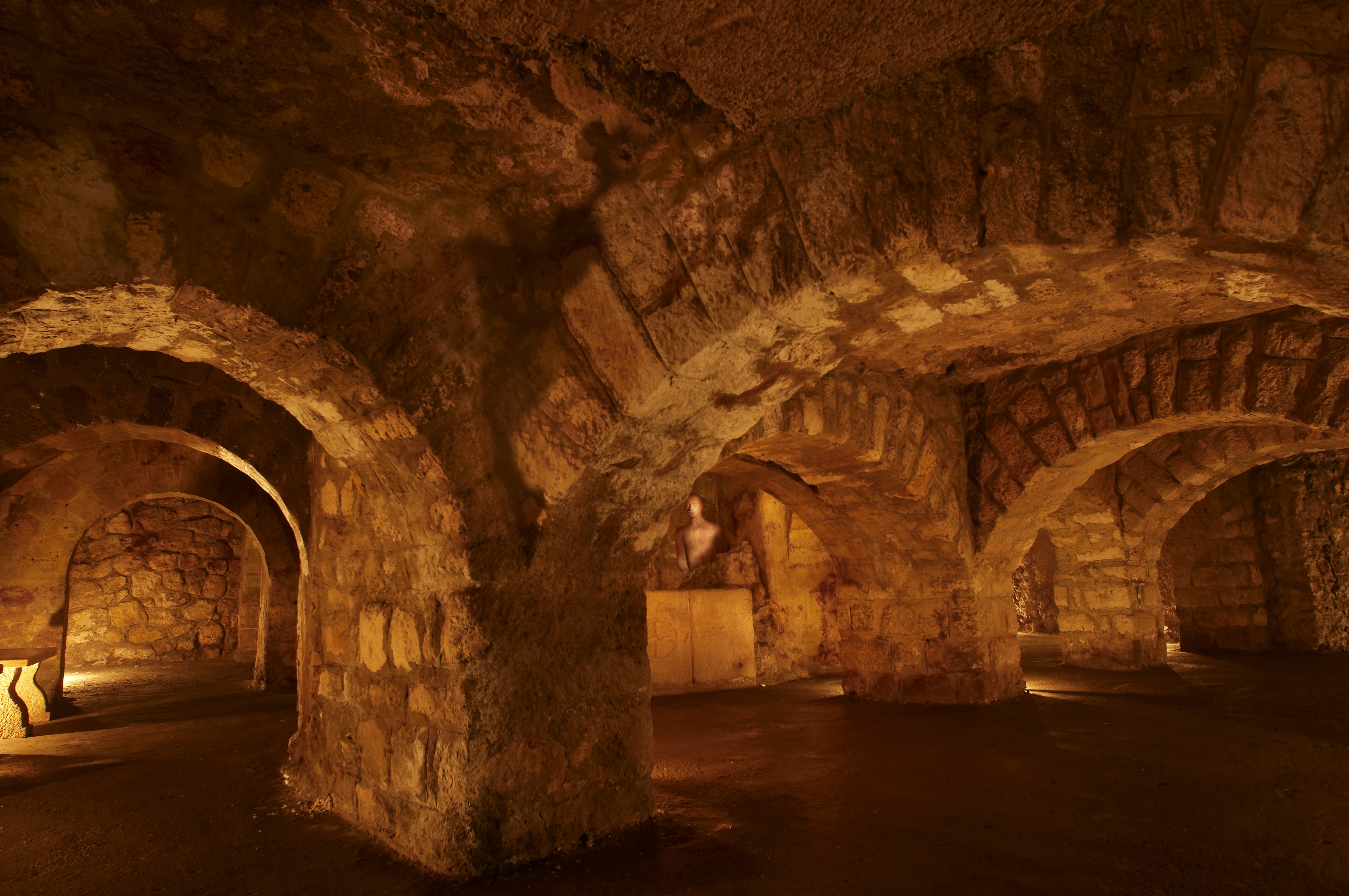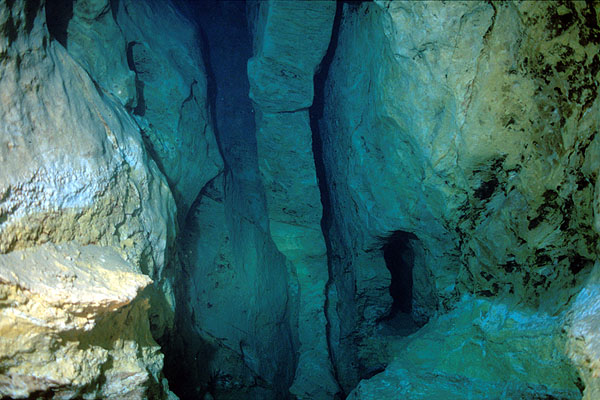Budapest has a lot of features that make it a unique capital, but some are more commonly known than others. Did you know there are complex systems of caves right beneath the Buda Castle and in several Buda Hills? Let us inform you about the hidden treasures of the underground.
It is widely known that Budapest has several springs that are sources of thermal water, that is why the city is often referred to as the City of Spas. The connection between the city and its water is far more compound than it first looks. The springs that provide thermal water have created a natural cave system under the city, that’s thought to be more than 120 km long. Under the Buda Castle, it was spring-water that created natural caves after the glacial period. Once you get to know more about these caves and their history, you’ll be surprised by their length, complexity and durability. There are more than 180 caves under the city, and many of them are yet to be discovered. Fortunately, a few of the caves are open to public, and geologists and researchers do their best to explore what else is situated underground.
Right under the Castle Hill, there is a 10 km long natural cave system, which had been known and used by local citizens from the Middle Ages on. The function of these caves varied throughout history – they were perfect natural hiding places, and storage rooms. Most of the caves are connected to the old buildings of the castle district.

photo: http://www.citadellatopevent.hu/index.php?a=oldal&id=7
They form a long labyrinth under the city, so locals decided to divide the caves to smaller rooms. After the outbreak of World War II, most of the caves were constructed to function as refuges. Soon it was clear that these caves could function not only as shelter, but they could give space to first-aid as well – so a part of them were turned into a secret, underground hospital. The Hospital in the Rock was opened in 1944, and it followed the natural structure of the caves. It had three wards and one modern operating theatre, and it was designed to welcome 200 patients. Doctors and nurses working there managed to save the lives of hundreds during war, and the Hospital opened again in the 1956 revolution as well. During the Cold War, the hospital was converted into a nuclear bunker, equipped with a new ventillation system and a water supply system attached to the River Danube. Today, the Hospital in Rock is a museum, that leads you back in time. It’s not a heart-warming program, but rather interesting.
Two other cave systems can be visited as well – both under Buda. The Pál-völgyi cave system is the longest in Hungary, with its 30.1 km tunnels. The cave is a multi-level labyrinth system with most of its chambers under the residental districts of Budapest. There are guided tours that lead you underground, and a part of the cave system is left in its natural state, so if you’re adventurous, you can join a more challenging tour between the rocks.

photo: http://blog.traveloutthere.com
Szemlő-hegyi cave is more museum-like: it is much shorter, and has a concrete path passable even by wheelchair, and it is lit by arfificial light. It was the first Buda cave where the thermal water origin was recognised, and it’s often called the underground flower-garden of Budapest, because of its mineral formation resembling of cauliflower and grapes.

photo: www.divepage.at
I’ve left the most extraordinary to the end. Molnár János-cave, the largest thermal water cave in the World lies under János Hill. It is Hungary’s largest underwater cave, that can be only discovered by divers. A few years ago, a new chamber of the cave was discovered, which is completely unique due to its enormous sizes. It is 86 m long and 16-26 m wide, the water depth is 5 m at its entrance and it deepens up to 24 m at the bottom. The temperature of the water in it is between 19-27 Celsius grade. This giant chamber was discovered in 2008, but the cave system continues – so deep below that it was so far impossible for divers to explore the rest of it. This cave can’t be visited yet, but here’s a video for you to get stunned:
https://www.youtube.com/watch?v=fZDguPerUgs
There are no other capitals, that have such hidden treasures underground. After looking at this video, I can only hope that these extraordinary caves remain intact and that with time, more and more parts will be open for the public as well.




















